
Gerardus Johannes (Geert) Lap (born Venlo, 24 December 1951- 26 April 2017 [1] ) was a Dutch ceramist, known for his new approach to ceramics [2] characterized as clay minimalism. [3]

Gerardus Johannes (Geert) Lap (born Venlo, 24 December 1951- 26 April 2017 [1] ) was a Dutch ceramist, known for his new approach to ceramics [2] characterized as clay minimalism. [3]
Geert Lap studied at the AKV St. Joost from 1974 to 1976, and at the Gerrit Rietveld Academie is from 1976 to 1979 under Jan van der Vaart. The first two years in Amsterdam Lap shared a studio with Barbara Nanning, and in 1980 he started his own studio in Amsterdam in his basement apartment. In 1985–86 he lectured at the Design Academy Eindhoven and from 1985 to 1987 also at the Minerva Academy in Groningen. [4]
The Metropolitan Museum of Art recapitulated, that "his earliest works—pure cylindrical forms usually associated with functionality but devoid of spouts, handles, and surface decoration—presage his future ceramic output, although now he has exchanged porcelain for stoneware, a material which he feels is sturdier and allows for sharper forms. Lap works in traditional methods making vases, bowls, and dishes, although he is not concerned with their usability. Each piece is one-of-a-kind and made by his own hand. Color and form are integral." [5]
The Ceramics, Art and Perception journal characterized Geert lap as a "lonely traveller in the field of contemporary Dutch ceramics." They further explained that "Dutch ceramics is as versatile as international ceramics and, at the moment, shows a tendency to the bold, sculptural and narrative postmodernism, whereas Geert Lap has found his power in the consistent exercises in restraint." [6]

A vase is an open container. It can be made from a number of materials, such as ceramics, glass, non-rusting metals, such as aluminium, brass, bronze, or stainless steel. Even wood has been used to make vases, either by using tree species that naturally resist rot, such as teak, or by applying a protective coating to conventional wood or plastic. Vases are often decorated, and they are often used to hold cut flowers. Vases come in different sizes to support whatever flower it is holding or keeping in place.

The Princessehof Ceramics Museum is a museum of ceramics in the city of Leeuwarden in the Netherlands. The museum's name comes from one of two buildings in which it is housed: a small palace built in 1693 and later occupied by Marie Louise, dowager Princess of Orange. The other annexed building is the Papinga stins, a former stronghold from the 15th century. The museum buildings are of interest, and so are its collection of tiles, pottery, and ceramic sculpture.

Johannes Jacobus (Jan) van der Vaart was an influential Dutch ceramist from the 20th century, known as founder of the abstract-geometric ceramics in the Netherlands.
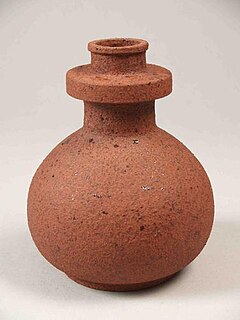
Jan de Rooden was a Dutch ceramist and sculptor, who worked in Nijmegen, Paris, and Amsterdam.

Hans de Jong was a Dutch sculptor, designer and ceramist.

Christopher (Cris) Agterberg was a Dutch artist and ceramist.
Theodorus Antonius Hubertus Maria (Theo) Dobbelman was a Dutch sculptor, ceramist and painter.
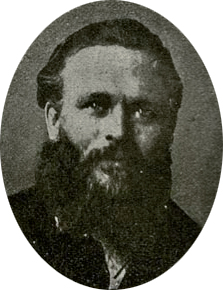
Johannes Christiaan "Chris" Lanooy was a Dutch potter and designer, who worked as ceramist, painter, draftsman and sculptor, and he produced stained-glass art.
Dirk Hubers was a Dutch ceramist, who lived and worked in Bergen, North Holland and since 1958 in the United States. Hubers is notated for being "one of the first to apply abstract graphic designs on his objects."

Lambertus (Bert) Nienhuis was a Dutch ceramist, designer and jewelry designer.

Theodoor Christiaan Adriaan (Theo) Colenbrander Dutch architect, ceramist plaque painter, and designer, characterized as the first Dutch industrial designer.
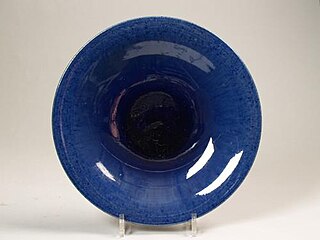
Gerrit de Blanken was a Dutch potter trained for running serial work, but he gradually focussed on art pottery.

Johan Gerard van Loon was a Dutch ceramist and textile artist.

Vilma Maria Helena Henkelman is a Dutch sculptor, ceramist, and photographer.
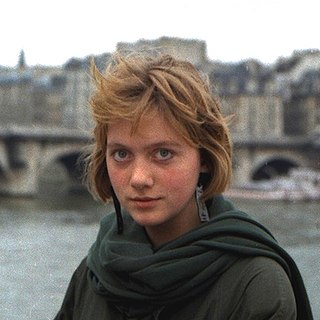
Wietske van Leeuwen is a Dutch ceramist, who lives and works in Monnickendam. Her works are constructed in a baroque style, with shells and fruit as recurring motifs.

Barbara Nanning is a Dutch sculptor, ceramicist and glass artist.
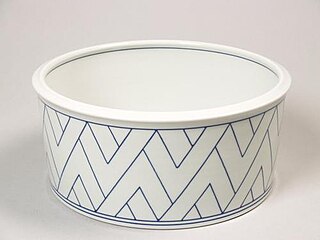
Leen Quist was a Dutch ceramist, who was known for his own style, a perfect finish and geometric (blue) lines. According to Thimo te Duits, author of Modern Ceramics in the Netherlands (1990), Quist' pots, bowls and boxes witnesses "a noble simplicity."

Johanna Jacoba (Johnny) Rolf is a Dutch ceramist, drawing artist and sculptor.

Pieter (Piet) Stockmans is a Flemish designer and ceramist.

Alida "Lies" Meijers-Cosijn was a Dutch ceramist. Her work is described as "fairytale like and poetic, but also sometimes bizarre and realistic."
| Wikimedia Commons has media related to Geert Lap . |